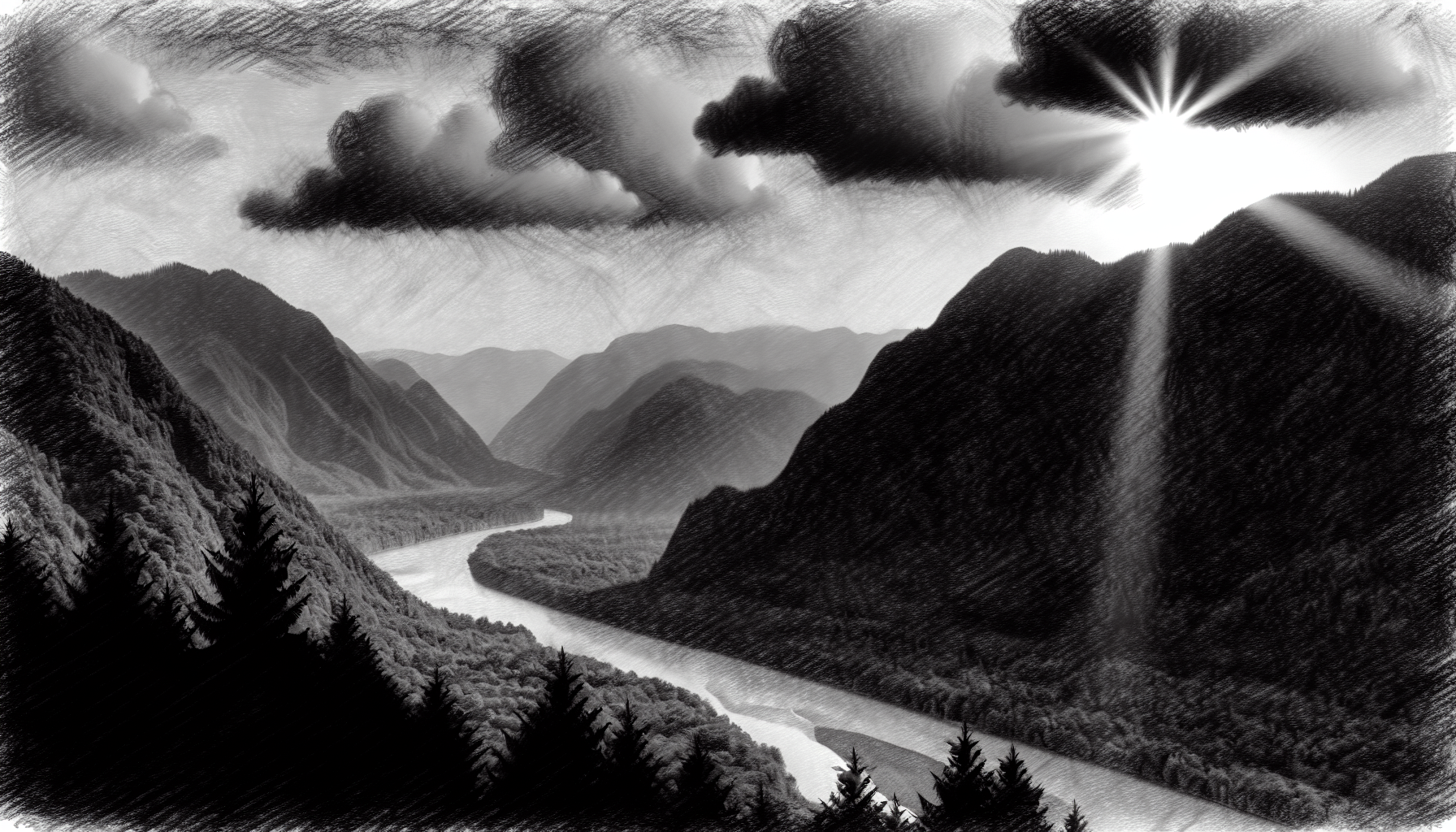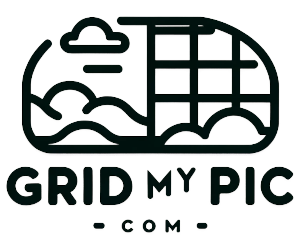The Art of Charcoal Drawing
Charcoal drawing is an art form rich with tradition, known for its versatility and unique capacity for expressive mark-making. Artists have long valued charcoal for its ability to produce a range of tones which can be manipulated with ease, offering a direct and responsive medium for capturing light and form. As an art medium, charcoal sits in a distinct place, straddling the line between drawing and painting due to its blendable nature and rich, dark lines—a favorite for artists who prefer a more spontaneous and gestural approach to their work.

The Unique Charm of Charcoal
Charcoal is celebrated for its rich, velvety blacks and a wonderful range of grays, achieved by the simple application of pressure. Its malleable nature allows for easy corrections; a simple smudge or erasure can alter your entire composition. The medium encompasses a variety of tools, such as vine or willow charcoal for softer, lighter marks and compressed charcoal for intense, dark lines. Charcoal pencils bridge the gap, offering precision while maintaining the medium’s classic characteristics.
Mastering the Medium: Techniques and Tricks
Understanding Your Tools
Knowing your materials is the first step towards charcoal mastery. Vine and willow charcoal are perfect for quick, loose sketches or for building up values in a drawing. On the other hand, compressed charcoal, which comes in sticks or pencils, lends itself to detailed and refined drawing. Tonal variation is one of charcoal drawing's hallmarks, so experiment with different grades and brands to find the right fit for your style.
Getting the Basics Right
Start your drawing with light, feathery strokes, holding the charcoal on its side. This approach allows for broad, soft marks that can be built upon gradually. Be mindful of the pressure applied—charcoal can produce a startling range of tones based on the weight behind each stroke. Lay down the foundational shapes and values before diving into the details.
Layering and Texturing
Layering is essential in charcoal drawing. Begin with mid-tones, gently adding layers to darken areas as needed. Adding texture can bring your drawing to life, and this is done by varying the pressure, using different strokes, or employing tools such as paper stumps or chamois to blend or soften edges.
Embracing the Eraser
Unlike other mediums, the eraser is as much a drawing tool in charcoal art as the charcoal itself. Use it to lift out highlights or to clean up edges. Consider different types of erasers; plastic or vinyl erasers cut through layers for cleaner, sharper lines, while kneaded erasers offer more subtlety, perfect for creating gentle transitions and highlights.
Fixing Your Work
To preserve your finished charcoal drawings from smudging, it’s crucial to apply a fixative spray. Use it lightly and in a well-ventilated area. If you prefer to avoid spray fixatives, another method is to use a piece of glassine paper to cover your work when storing or presenting it.
Tips to Enhance Your Charcoal Drawing Skills
Practice Makes Perfect
The best way to improve is to practice regularly. Charcoal is forgiving, making it an ideal medium for experimentation. Try quick sketches to get a feel for the medium without being too precious about the outcome.
Study from Life
Drawing from life enhances your understanding of light, shadow, and form. Try setting up a simple still life or draw people in various poses to challenge your skills.
Use Grids for Proportions
When working on a more complex scene, using a grid can help map out accurate proportions before you start adding detail. It's an old master's trick that is still very relevant for today's artists.
Create A Workspace
Charcoal can be messy. Designate a workspace and cover surfaces to protect them. Keep your tools organized to streamline your workflow, and always have wipes or a cloth at hand for keeping your hands and workspace clean.
Conclusion
Charcoal drawing is a timeless technique, offering depth and soul unmatched by other mediums. By understanding its tools and techniques, and through practice and experimentation, you can unlock the full potential of charcoal to create stunning pieces that resonate with contrast and emotion. Whether you are a novice or an experienced artist, the world of charcoal drawing offers an artistic adventure like no other, inviting you to explore the interplay of light, shadow, and form in the boldest of ways.
